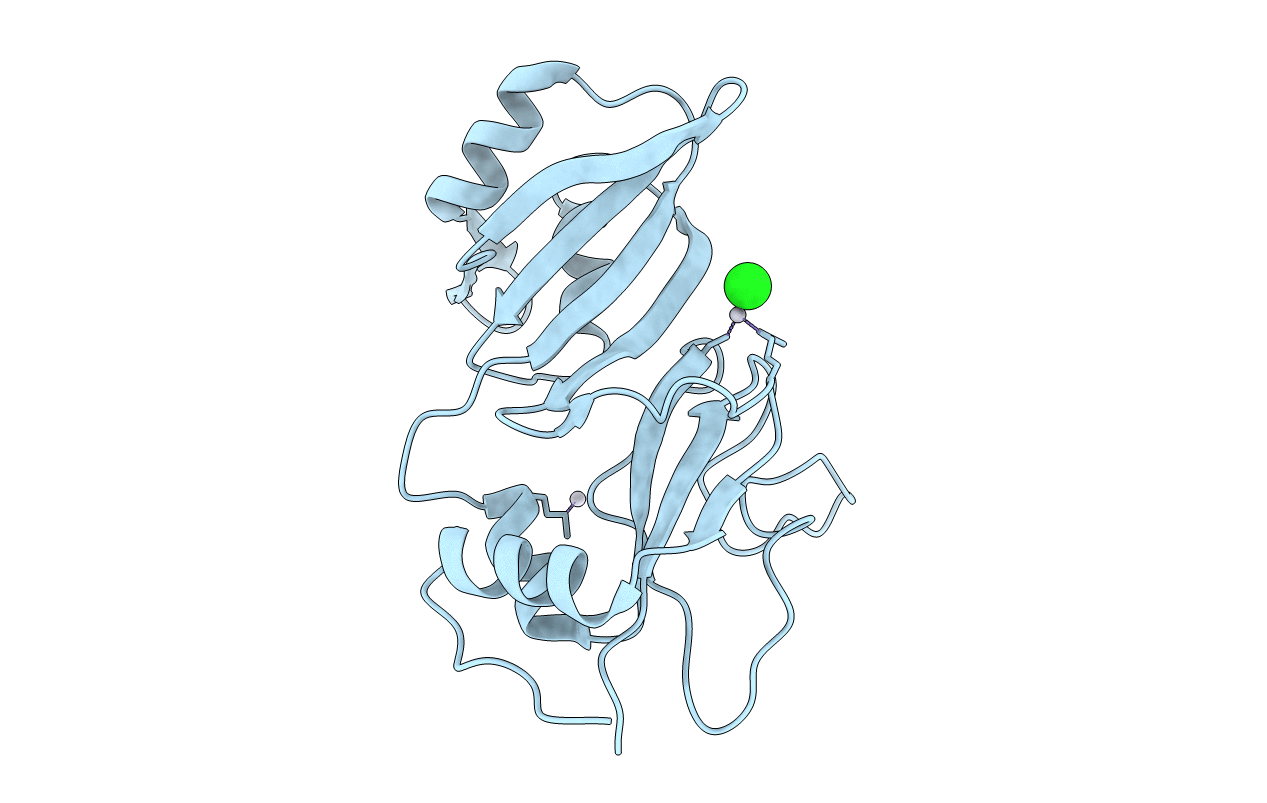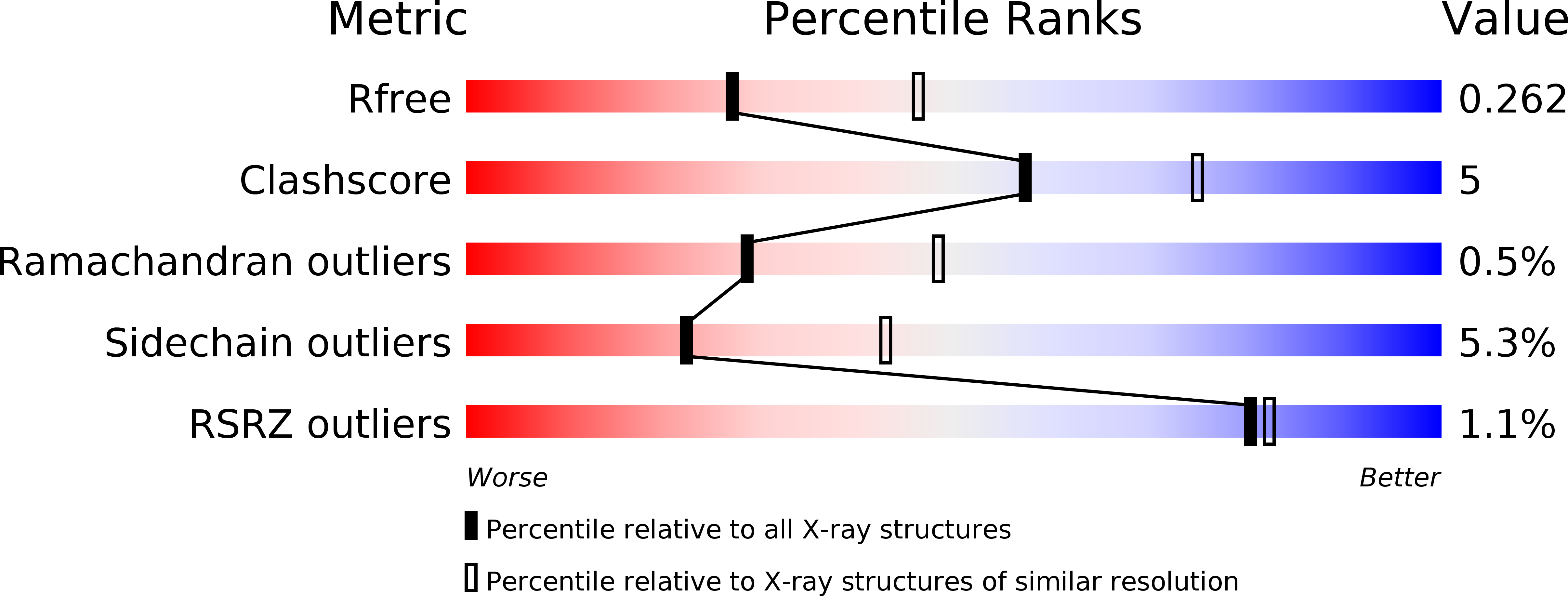
Deposition Date
2013-06-19
Release Date
2013-11-20
Last Version Date
2023-09-20
Method Details:
Experimental Method:
Resolution:
2.50 Å
R-Value Free:
0.26
R-Value Work:
0.23
R-Value Observed:
0.23
Space Group:
P 43 21 2


